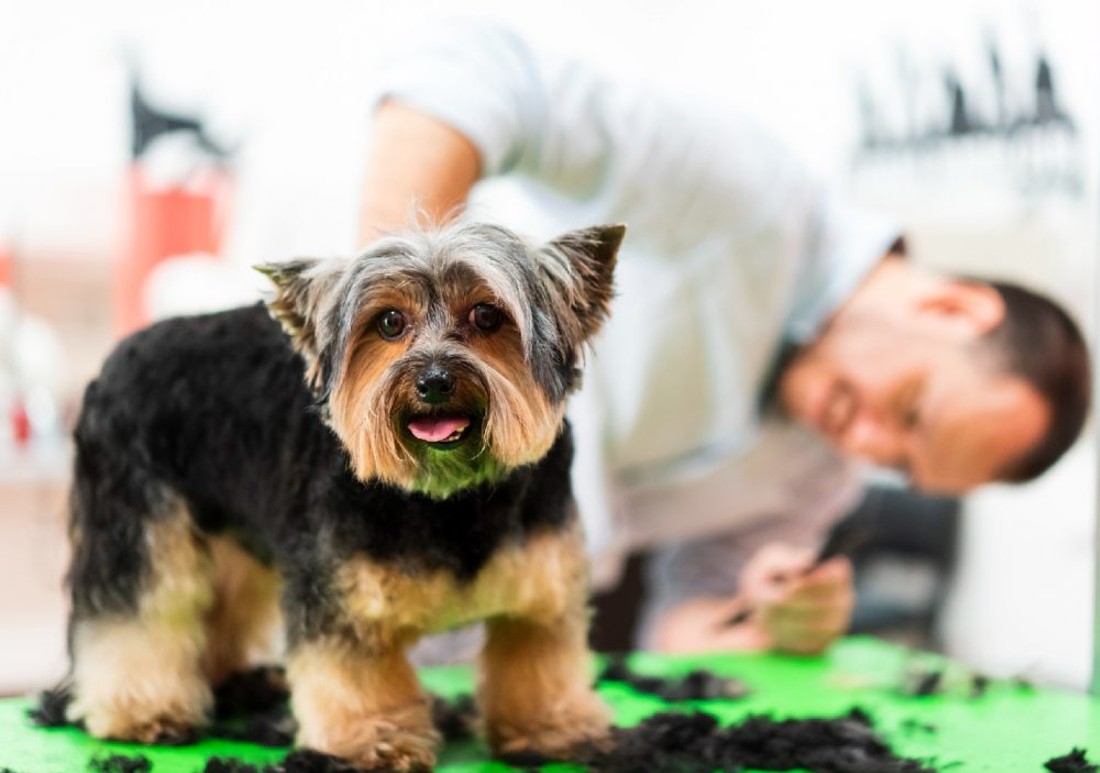Dog Haircuts: How Often Do They Need Them?

As a dog owner, regular grooming is an essential part of keeping your furry friend healthy and comfortable. Nail clipping, bathing, teeth brushing — the list goes on and on. One major aspect of grooming that often requires some serious attention is your dog’s coat. Depending on the breed and type of coat they have, regular haircuts may be necessary. But how often does your dog really need a haircut?
In this post, we’ll help you figure out the answer to this question and give you some handy grooming tips so you can keep your furry pal’s coat in tip-top shape.
Consider Your Dog’s Breed and Coat Type
Different dog breeds have different coat types, and this can affect how often they need haircuts. Breeds with continuously growing hair, such as poodles, Bichon Frises and Maltese, typically require more frequent haircuts compared to breeds with non-shedding or low-shedding coats, such as labrador retrievers or beagles. Breeds with double coats, such as Huskies or Samoyeds, may have a shedding undercoat that needs frequent brushing to prevent matting.
Understanding your dog’s breed and coat type is truly crucial in determining how often they need haircuts, if at all.
Assess Your Dog’s Coat Condition
In addition to breed and coat type, the condition of your dog’s coat is also a determining factor in how often they need haircuts.
If your dog’s coat becomes tangled, matted or excessively dirty, it may need trims or shaves to maintain cleanliness and prevent discomfort.
Mats can be painful and can trap moisture and dirt close to the skin, leading to skin irritations or infections. Regular brushing and combing can help prevent mats, but if they do occur, a haircut may be necessary to remove them safely.
If there are pests in your dog’s coat like fleas, you may want to look into giving your dog a haircut so you can see them better to comb out. Choose the best topical treatment as per your vet’s recommendation, and regularly bathe your dog with dog flea shampoo since a simple haircut won’t completely solve this issue.
Consider Your Dog’s Lifestyle
Your dog’s lifestyle and activities can also impact how often they need haircuts. Dogs that spend a lot of time outdoors, running through fields, playing in the water or rolling in dirt may require more frequent haircuts to prevent their coat from becoming overly dirty or tangled.
Similarly, dogs that participate in dog shows or competitions may need more frequent haircuts to maintain a specific coat length or style required for the show ring.
On the other hand, dogs that spend most of their time indoors and have limited outdoor activities may not require haircuts as frequently.
Regular Maintenance and Trimming
Even if your dog’s coat doesn’t require regular haircuts, routine maintenance and trimming may still be necessary. This includes keeping the hair around the eyes, ears and paws trimmed to prevent matting, tangling or discomfort. Overgrown hair around the eyes can obstruct vision, and long hair in the ears can trap dirt and moisture, leading to ear infections. Trimming the hair between the paw pads can also prevent matting and make walking more comfortable for your dog.
Seek Professional Help
If you’re unsure about how often your dog needs a haircut or how to groom their coat properly, it’s best to seek professional help from a licensed groomer. A professional groomer can assess your dog’s coat condition, breed and lifestyle and recommend an appropriate grooming schedule. They can also provide expert grooming services to keep your dog’s coat clean, healthy and well-maintained.
Final Thoughts
The frequency of your pup’s haircuts depends on various factors such as breed, coat type, coat condition, lifestyle and grooming preferences. Regular brushing and combing, along with routine maintenance and trimming, can help keep your dog’s coat in good condition between haircuts. Remember, a well-groomed coat not only keeps your dog looking good but also promotes their overall health and well-being.
Your Pet’s Best Interest, Always
At Pet Institute, we take pet care seriously. We're dedicated to transparency, impartiality, and the well-being of your pets in every article, review, and recommendation we provide. Our unwavering commitment to these principles ensures that you, our valued reader, always receive reliable and unbiased information. Let us be your trusted guide in the world of pet care and companionship.